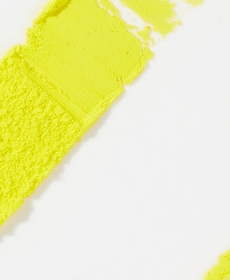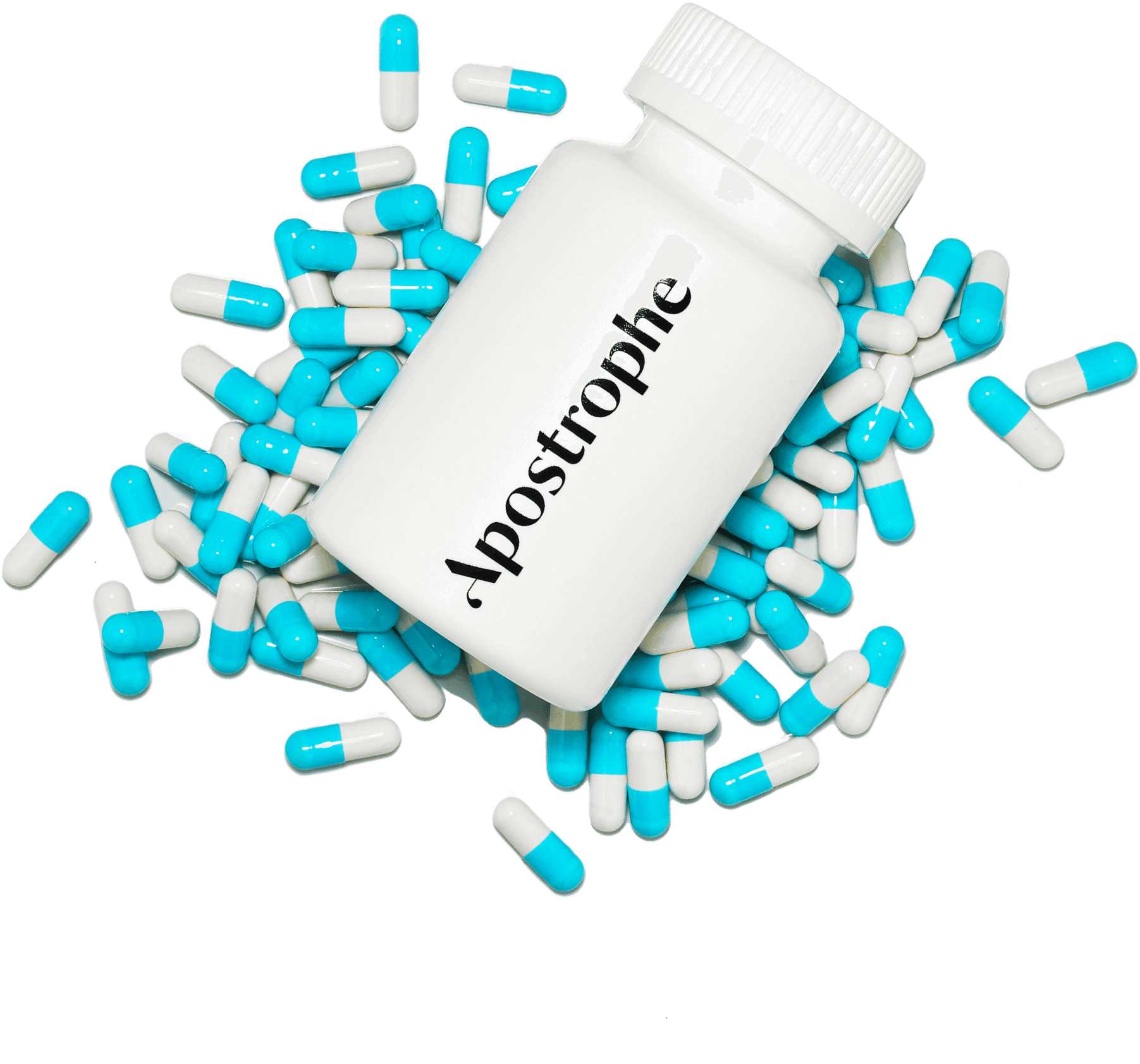Read
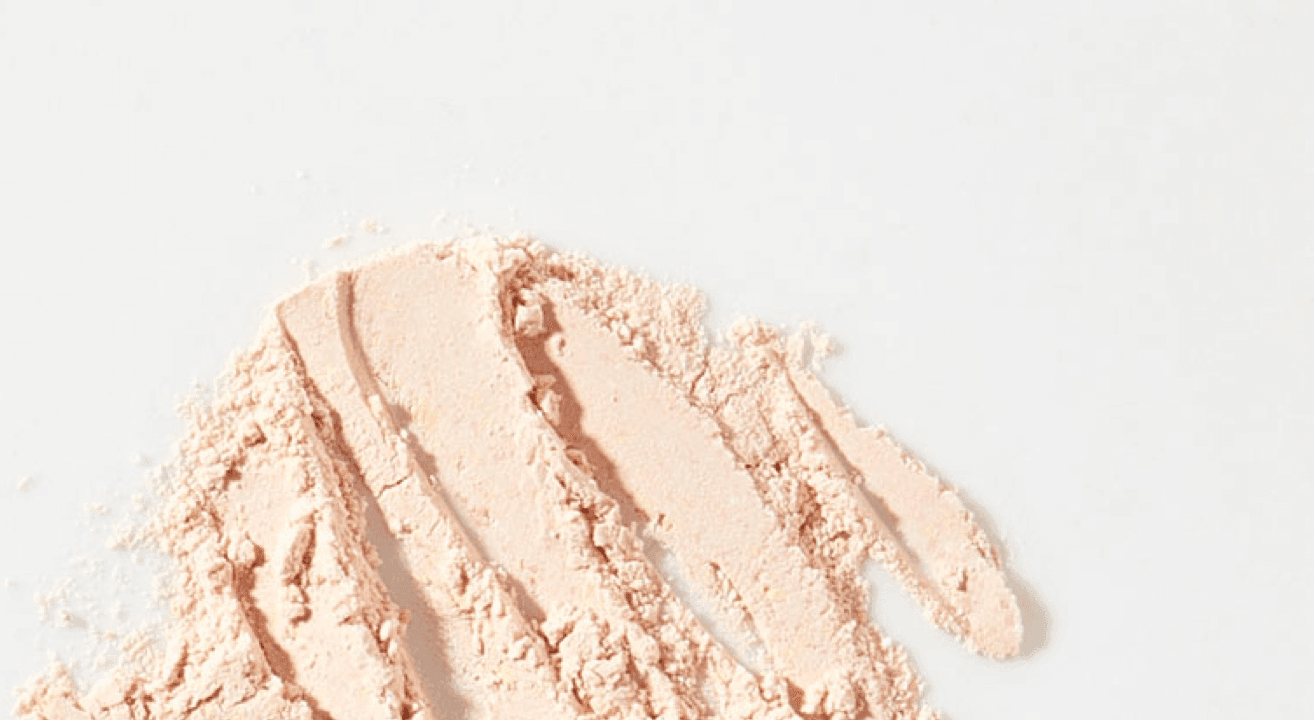
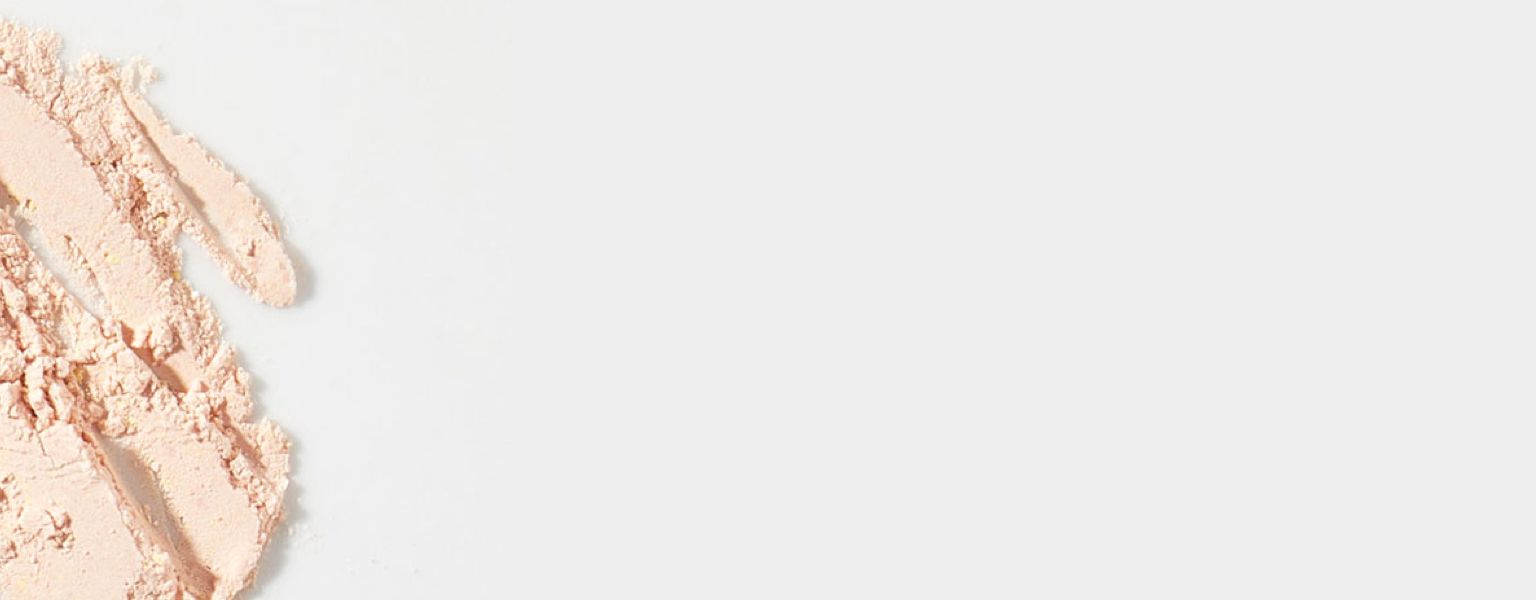

Ingredients → Spironolactone
Spiro
Topical & Oral Medication
C24H32O4S
TARGETS:
Hormonal causes of acne
Oil production
BENEFITS:
→
Improves moderate-to-severe acne and rosacea in adult women
→
Reduces acne located on the chest and back
→
Reduces cyclical hormonal flares
→
Decreases oily skin
2017
Spironolactone for the treatment of acne in women, a retrospective study of 110 patients
...
International Journal of Women's Dermatology
2012
Oral Spironolactone in Post-teenage Female Patients with Acne Vulgaris
Journal of Clinical and Aesthetic Dermatology
2010
Comparison of the efficacy of 5% topical spironolactone gel and placebo in the treatment of mild and moderate acne vulgaris: a randomized controlled trial
...
Journal of Dermatological Treatment
2006
Anti-androgenic Therapy Using Oral Spironolactone for Acne Vulgaris in Asians
...
Aesthetic Plastic Surgery
2000
Low-dose adjunctive spironolactone in the treatment of acne in women: A retrospective analysis of 85 consecutively treated patients
...
Journal of the American Academy of Dermatology
1996
Topical Spironolactone Reduces Sebum Secretion Rates in Young Adults
The Japanese Journal of Dermatology
1990
Experience in the therapy of acne with topical administration of spironolactone as an antiandrogen
...
Europe PMC
1990
Oral and topical spironolactone therapies in skin androgenization.
Europe PMC
1988
Topical spironolactone inhibits dihydrotestosterone receptors in human sebaceous glands: an autoradiographic study in subjects with acne vulgaris.
...
Europe PMC
1984
Comparative analysis of adverse drug reactions to tetracyclines: results of a French national survey and review of the literature.
...
British Journal of Dermatology
SIDE EFFECTS
Common side effects of spironolactone include increased urination, headache, fatigue, dizziness, menstrual irregularities, breast tenderness, nausea, vomiting, stomach pain and rash. Serious side effects may include irregular heart rate, little/no urination, and muscle pain/weakness. Allergic reaction to this medication is rare. Symptoms of an allergic reaction include rash, itching/swelling (especially of face/tongue/throat), dizziness and trouble breathing. Spironolactone can cause severe birth defects. This medication should not be used by women who are pregnant, may become pregnant, or are at a high risk of pregnancy.
This is not a complete list of side effects and others may occur. Contact your dermatology provider for medical advice about side effects. You may report side effects to FDA at 1-800-FDA-1088.
Recommended Posts
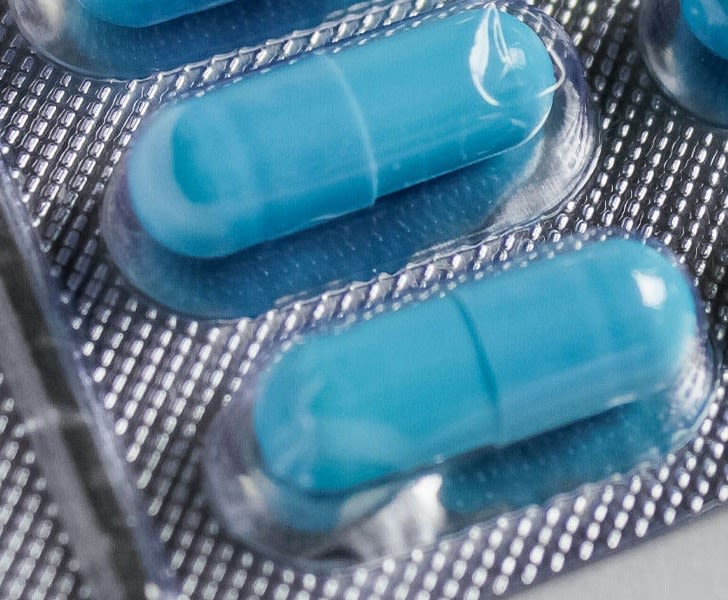
Prescription vs. OTC: acne treatment
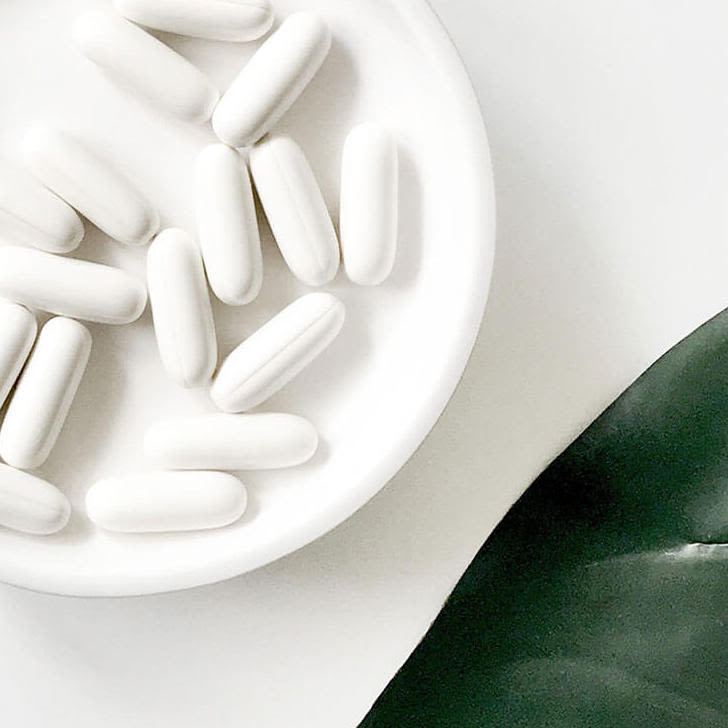
A winning combination: oral + topical treatment
Read

Doxycycline: an antibiotic for acne
Read

